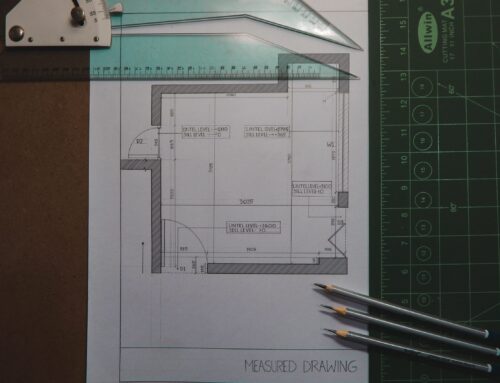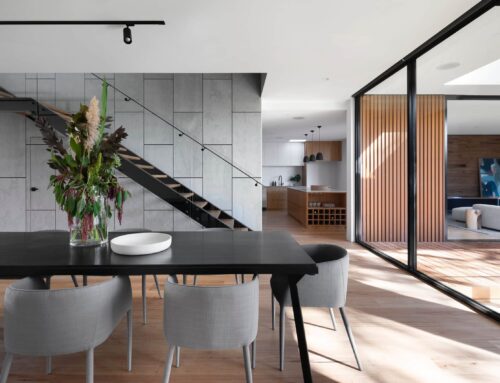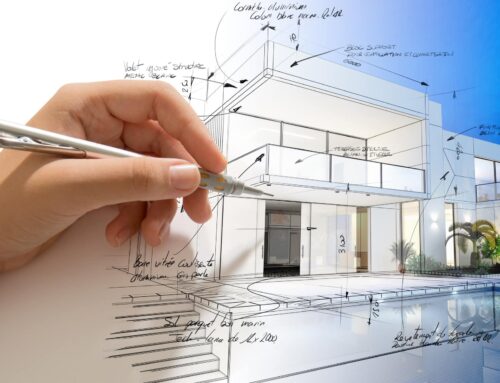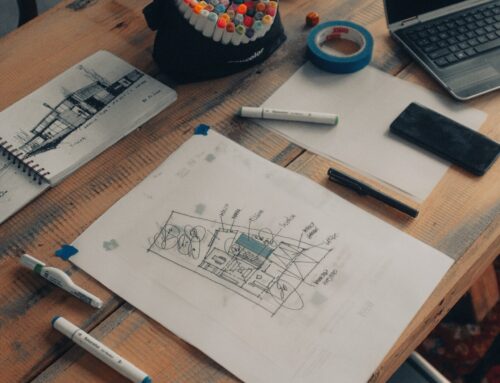Architectural drafting is an essential part of the building design process. It involves creating detailed drawings that provide a comprehensive overview of the building’s layout, dimensions, and features. In this article, we will explore some of the key techniques and tools used in architectural drafting, and how they contribute to the successful design and construction of buildings.
One of the most important techniques in architectural drafting is accuracy. Drafters must ensure that their drawings are precise and detailed, with accurate measurements and annotations. This requires a keen eye for detail, as well as a thorough understanding of the building materials and construction techniques that will be used.
Another important technique is the use of symbols and abbreviations. Architectural drawings are filled with symbols and abbreviations that represent different building elements, such as doors, windows, and electrical fixtures. Understanding these symbols and abbreviations is essential for interpreting the drawings and communicating effectively with contractors and other members of the building team.
In addition to these techniques, there is also a range of tools and technologies used in architectural drafting. These include drafting software, which allows drafters to create precise, detailed drawings using computer-aided design (CAD) tools. Drafting software also allows for easy editing and collaboration, making it an essential tool for modern architectural drafting.
Other tools used in architectural drafting include traditional drafting tools such as pencils, compasses, and rulers, as well as specialized tools such as protractors and scale rulers. These tools help drafters to create accurate, detailed drawings that meet the requirements of the design brief.
In conclusion, understanding the techniques and tools used in architectural drafting is essential for anyone involved in the building design process. Accurate, detailed drawings are an essential component of successful building design and construction, and require a combination of technical skill, creativity, and attention to detail. Whether using traditional drafting tools or cutting-edge drafting software, drafters play a critical role in bringing building designs to life, and in ensuring that buildings are safe, functional, and aesthetically pleasing.






